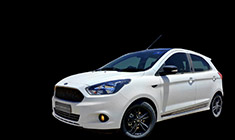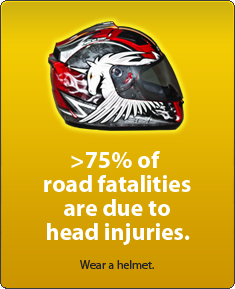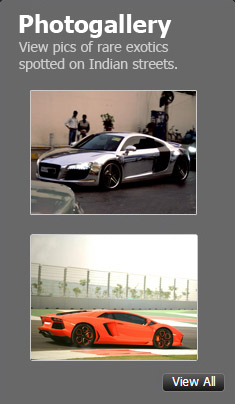News
Hitching a trailer to my Octavia Estate & driving it for the first time
With a hitched trailer, one thing to watch out for is vehicles entering the highway from the slip road.
BHPian supermax recently shared this with other enthusiasts.
When I was on the lookout for buying what would be my first ever car, a friend of mine sensibly suggested that I should look to buy a car that came with a trailer hitch, as it could come in very handy when one needed to lug stuff that couldn't possibly fit into the boot, even with a collapsed back seat.
Fitting one of these trailer hitches to a car that doesn't come with one factory-fitted, can set one back to the tune of anywhere between 8000-15000 SEK (~60000 INR to 115000 INR). This was not an item that was originally on my list at all, let alone high on my list, but when it was pointed out to me, it seemed like a fairly nice thing to keep an eye out for. Fortunately, the car I ended up buying had exactly this; a removable trailer hitch, and I was happy.
Having bought the car, I never really found an opportunity to couple a trailer to the hitch, and neither did I find the time to experiment with a trailer, with a friend who knew his way around these things. Time went by and I decided to even remove the hook entirely, as it was just heavy and made parallel parking even harder. Two years after I'd bought my car, I'd still not even used the trailer hitch once, not even to try it out, but now, I was faced with a real need to bring it into action!
My wife had found a really nice but rather large preowned Ikea shelf which came with a lot of extra optional upgrades which cost a lot more if bought new. It seemed to be in fantastic shape, but for those of you know don't know Ikea furniture, they are super nice as they come in nice easy-to-transport packages and they are assembled inside your own house. However, the drawback with Ikea furniture is that they are only ever expected to be dismantled for scrapping; if you dismantle it, it loses its structural integrity. The assembly is pretty much a one-time and one-time thing only. There are obviously a few plastic chairs etc which are exceptions to this rule, but this shelf was certainly not one of those exceptions. This meant that it had to be brought in as it stood, and there was no way I could cram this monstrous 147cm x 147 cm shelf into the otherwise cavernous boot on my Octavia Estate. The only way this could be brought home was in a large trailer.
I told my wife that she could tell the seller that we were interested in buying it, but couldn't pick it up for another week, as I needed at least one day to practice driving around with a hitched trailer before I could muster up the courage to do a drive on the motorway. An advance was paid to the seller, and I started looking around for options to rent a trailer.
Freetrailer.com
I checked out a couple of gas stations which rent out cars and trailers, and saw that trailer rentals were not quite as cheap as I'd thought they'd be! After some more searching around though, I came across a service called freetrailer.com, which has a rather interesting business model.
Freetrailer ties up with businesses in the Nordics that offer its customers a free trailer, if they purchase large and hard-to-transport items. Electronic giants such as El Giganten, sporting goods stores like XXL, and furniture stores like Ikea and Mio do exactly this, but these are available only to their own customers. What freetrailer.com does, is to match people looking to borrow a trailer to one of these trailers which lie unused for most of the time. Freetrailer charges a small optional booking fee that guarantees an available trailer for you when you need it, instead of hoping that one might be free. They also have a tie-up with an insurance firm that allows you to purchase a small policy that gives you zero liability in the event of any damage to the trailer during your use, a rather convenient thing to have when the self-risk amount is rather large when borrowing a trailer.
What's the benefit to the stores which own these trailers? Freetrailer takes care of the maintenance of these trailers. If there's anything amiss with a trailer, users who borrow it report it, and freetrailer promptly fixes it before somebody else borrows it again. The big box stores save big money on maintenance and upkeep of these trailers, end users get access to great trailers for an extremely nominal fee, and freetrailer makes money with their booking fees and insurance commissions, pretty much a case study for a win-win.
First experience of hitching a trailer
After watching a few videos of hitching a trailer to a car, I checked my car's registration certificate, to be aware of what I was allowed to draw and what not. My B licence allows me to drive a car, a light truck, or a car with a light trailer, a light trailer being something that weighs 750 kg or lower, including the max payload. My car's registration certificate showed me that the car was only rated to draw a trailer with a max weight of 630 kg. I found out from freetrailer that the trailer I was looking to borrow had a service weight of 360 kg, which meant that the maximum weight I could load onto this trailer was 270 kg. The weight of the shelf I needed to transport was just a shade over 50 kg, so this was not going to be any problem.
Next up was figuring out how to actually hitch the trailer to my car. My car has a 13-point cable socket for the brake lights and indicators that need to be pulled out before use. Unlock the bluetooth lock on the trailer from the app, when in range of the trailer, connect the trailer's power cord to the car's cable outlet, hitch the trailer, raise the support wheel so it doesn't accidentally scrape the ground, release the handbrake, connect the emergency runaway protection wire to the hitch's eye, and we were in business. After performing the checks to ensure that the brake lights and indicator lights on the trailer lit up when I used the brakes and the indicators from the car, I was good to go.
Driving with a coupled trailer isn't so hard, once you get used to the completely blocked view from the inside rearview mirror; you may have to adjust your ORVMs slightly to ensure that you have a good idea of what's happening behind you, since you no longer can see through your back window.
Once this is done, the hardest challenge is reversing in a straight line, with the hitched trailer. While reversing, the rear end of your car moves in the same direction as your steering input, but the hitched trailer goes in the opposite direction! For example, if you steer to the right while reversing, the tail of your car goes right while the front of the car as well as the hitched trailer moves leftwards. If this seems too hard to mentally work out, the easy thing to do is see in the mirror which side the trailer is tilting towards and steer in that direction.
If the trailer is too far to the left, steer left; this causes the rear of your car to go left, and pushes the trailer to the right, but you need to quickly turn the other way around to straighten out the car, else the trailer will quickly start to tilt the other way. For close to an hour, I practiced backing with the trailer, just so that I'd learn to intuitively make the minor corrections. The learning curve feels steep, but one learns very fast. You go from being completely clueless and unable to back even a few feet without losing situational awareness and control over the trailer, to backing well enough to reverse the car and trailer next to or around other parked vehicles.
The next big challenge was to learn to back around a corner, a critically important maneuver that allows one to turn around with a hitched trailer, should the need arise. This too took a while to learn to do without jack-knifing the trailer, a situation where the back of the car is far too much to the left while the trailer is locked in a position that's far too much to the right (or vice-versa).
Once I was satisfied that I could now both back and turn with a trailer to an acceptable level, I did a quick trip down to the motorway, to get a feel for driving on the motorway. The maximum allowed speed for a car with a hitched trailer is 80 km/h, and this was the first time I was driving at 80 km/h on a 110 km/h road, and it felt both a bit odd and a bit creepy at first, as even trucks drive at 90 km/h and every one of them pass you. Till then, my only experience had been passing trucks at speed, without ever having experienced being passed by a truck, but the brief time I spent on the motorway till I got to the next exit, I'd already been passed by a large number of cars, and a fair number of trucks.
With a hitched trailer, another thing to watch out for is vehicles entering the motorway from the slip road; generally, most of them are much faster anyway, and would easily outpace you, but on one occasion, I saw another car with a hitched trailer entering and since my speed was too less to safely go onto the passing lane, the only safe option for me was to tap the brakes slightly to scrub off some more speed so there was a safe separation to the trailer ahead of me. Almost nobody ever slots directly behind you, as they know your rear view is compromised, and besides, who'd want to drive so slowly for no reason, but I kept a watchful eye on the external rear view mirrors, all of which would serve me well when I made my actual run to get home the shelf.
Loading the trailer/load distribution
It's critically important to balance the load within the trailer correctly, so you have a proper load distribution.
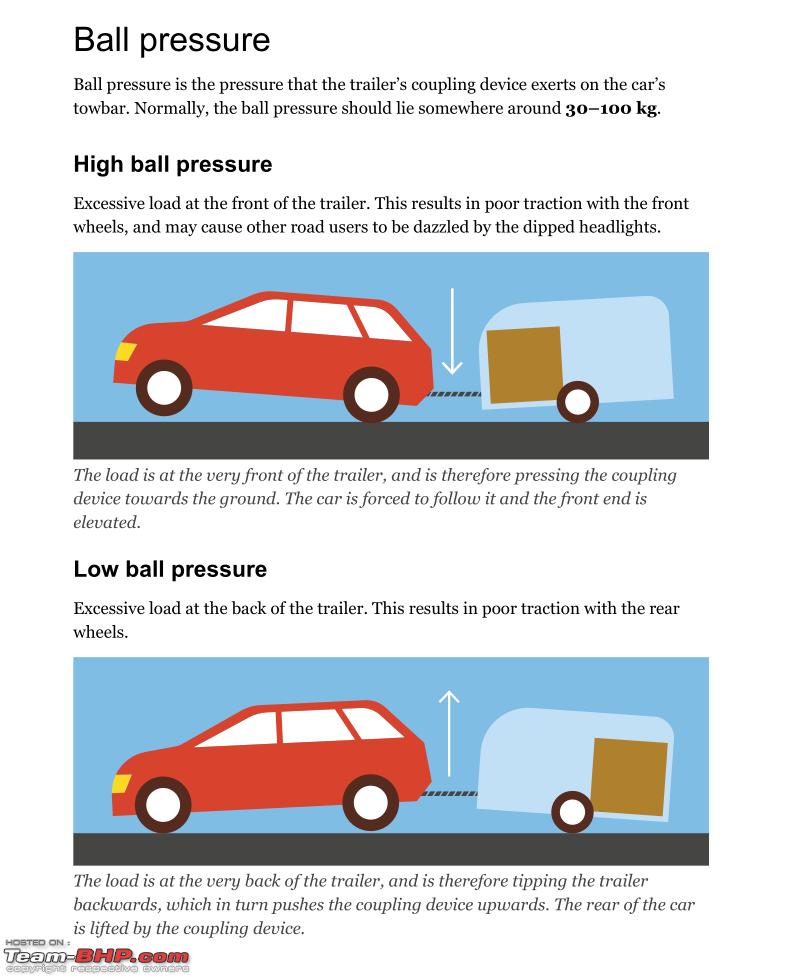
Picture courtesy: korkortonline.se
It's also very important to secure the load firmly. Using a ratchet strap is an excellent and extremely easy way to ensure that your load is tied down really securely, so it doesn't move under transportation. Here's a short video showing how to use a ratchet strap.
Pictures, or it didn't happen!

My first close look at a trailer I could borrow!
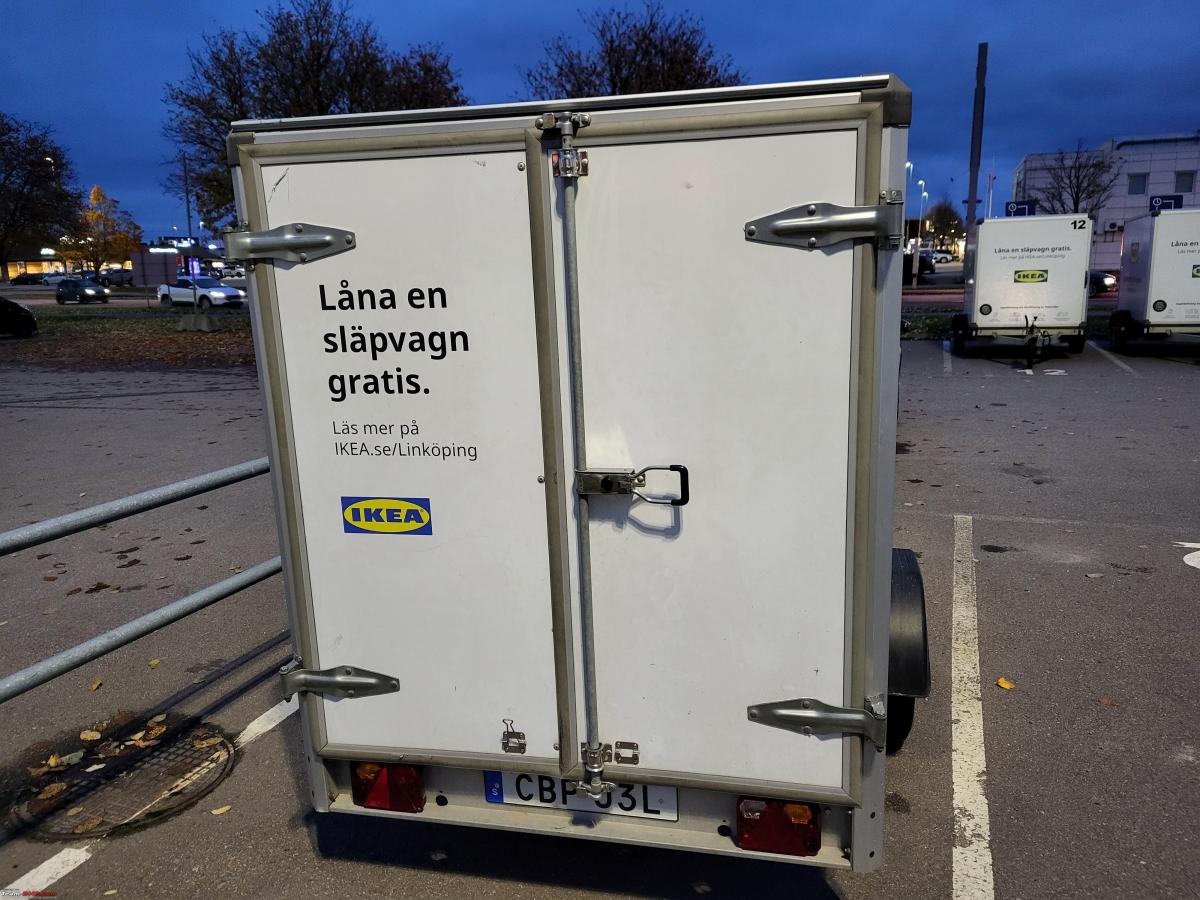

The listing of dimensions and weight of the covered trailer.

A look at the rather enormous storage offered by this covered trailer.
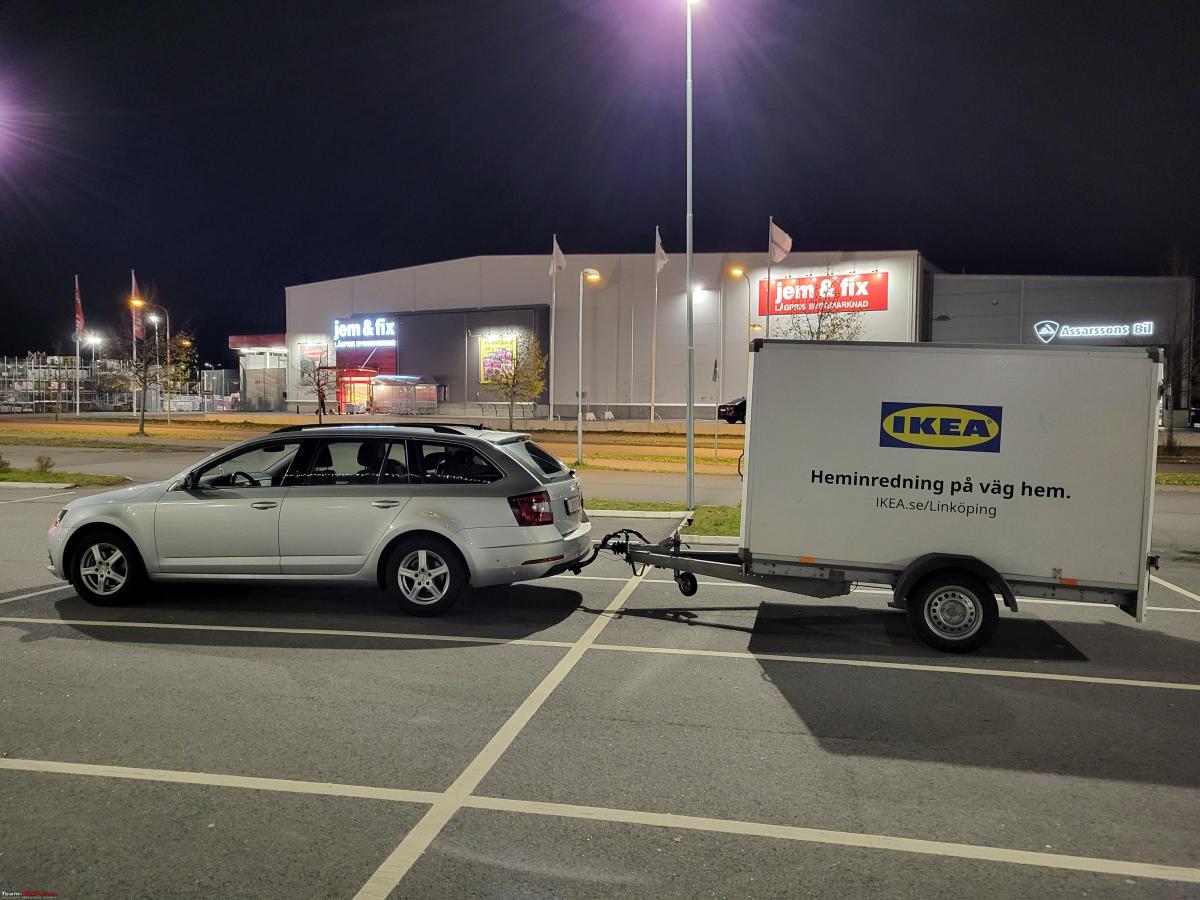
Drove from Ikea to the Eko mall, just a couple of kilometers away, where I practiced some more maneuvers in their large parking lot.
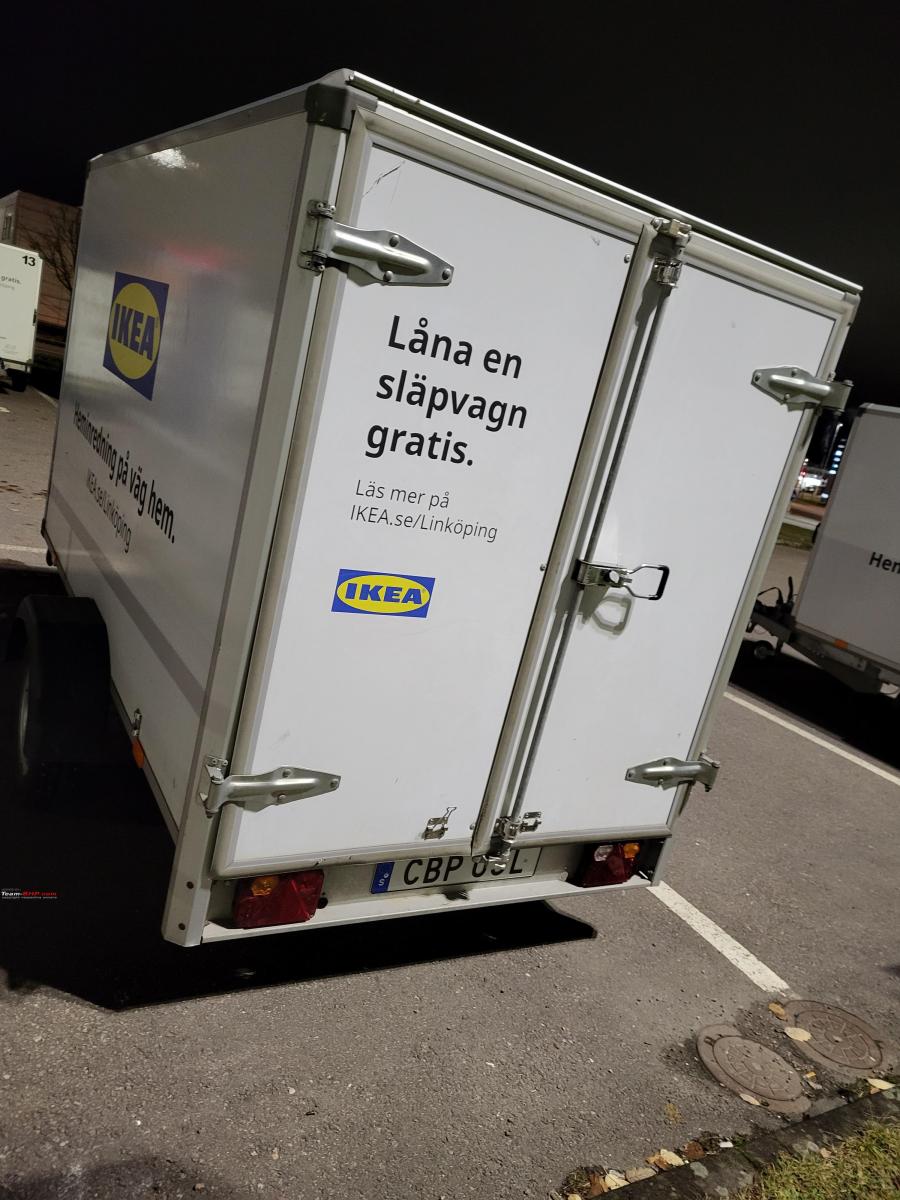
The trailer returned to the same station and parking bay where it was originally borrowed from.

Was able to drive the trailer right inside my basement parking

Mission accomplished: The secured load makes it home safe and sound!
Check out BHPian comments for more insights and information.
















